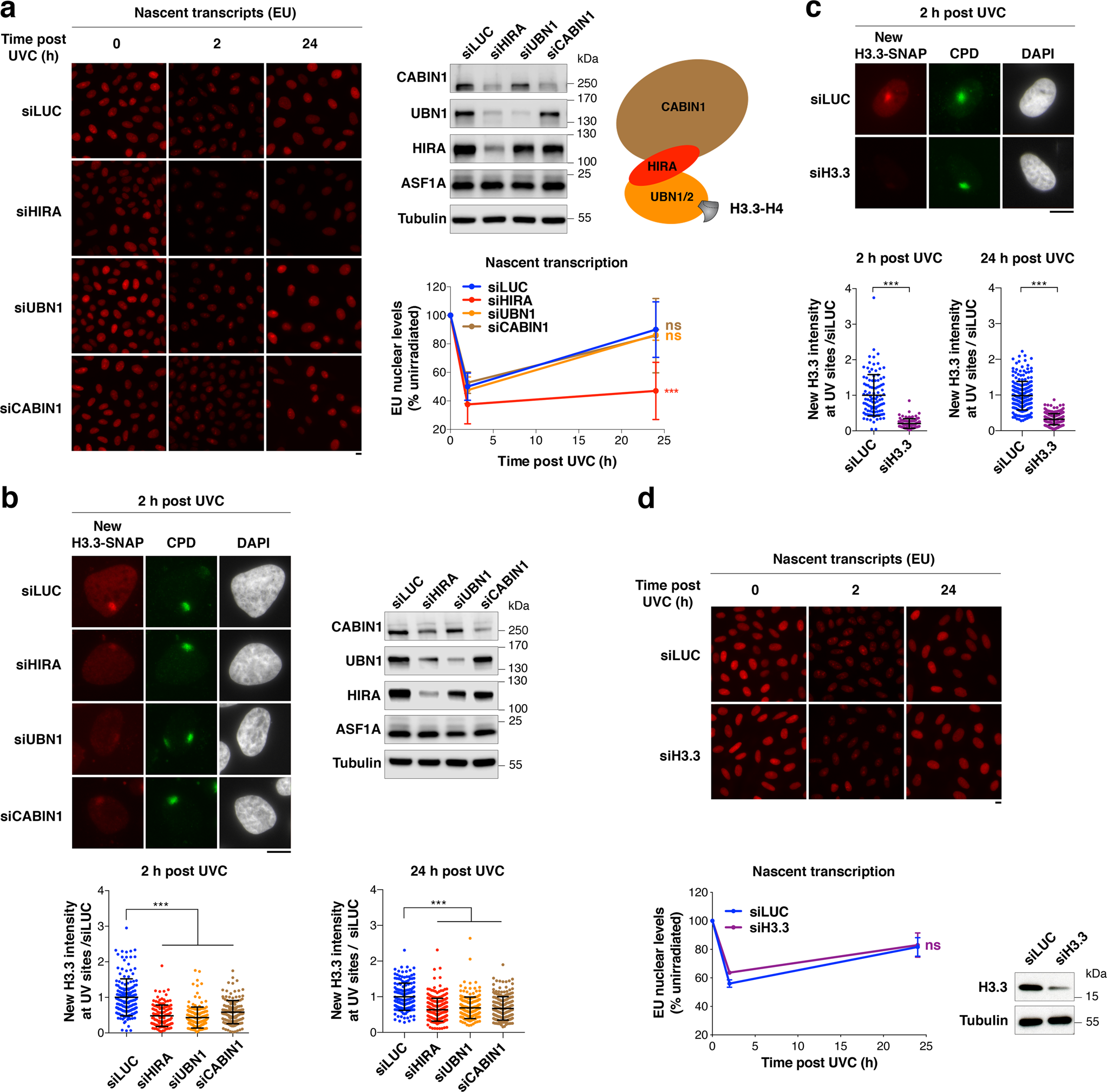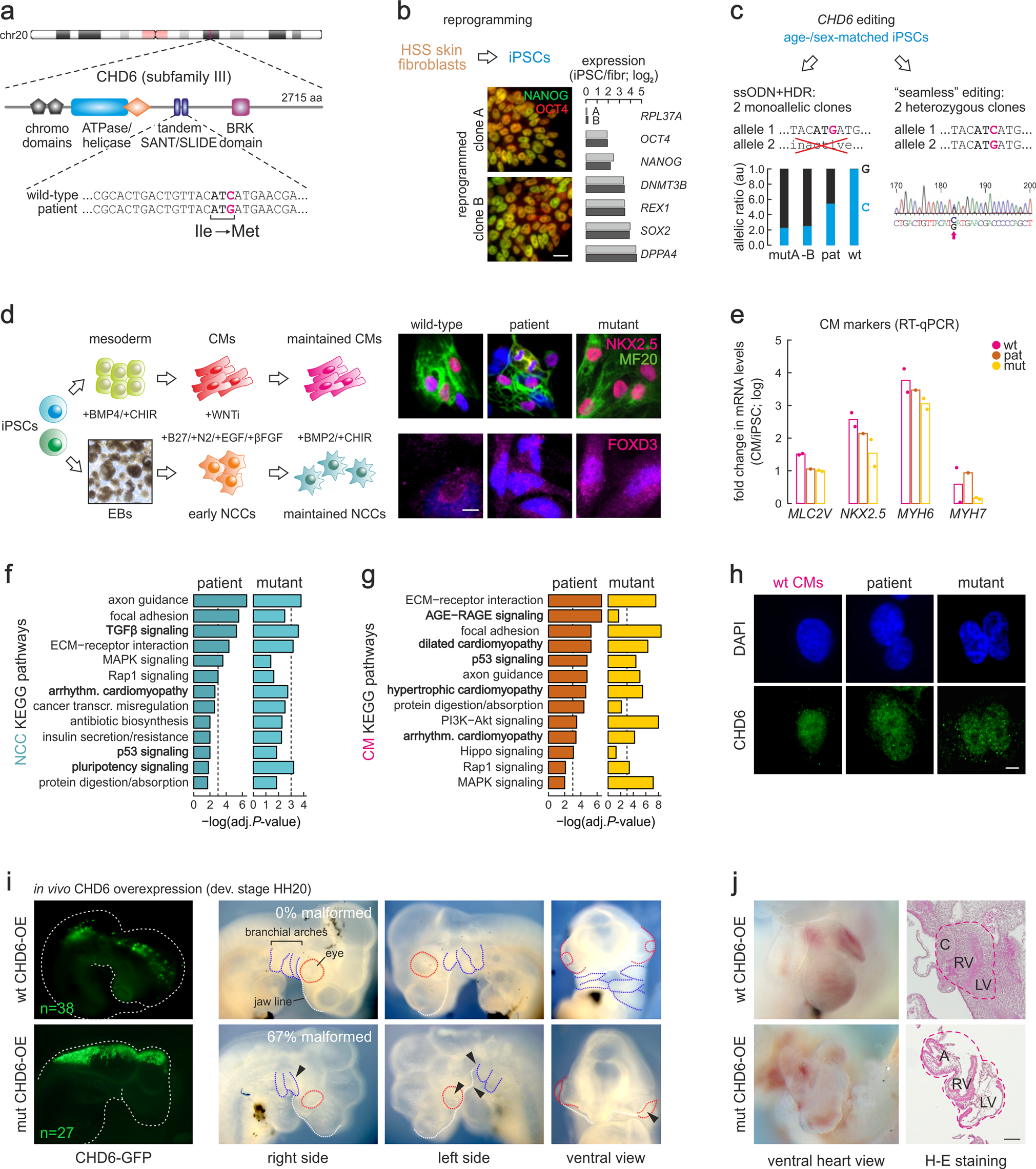reduction response dna
ARFs are likely components that confer specificity to auxin response. In addition DNA damage induced down-regulation of H3S10S28 phosphorylation also functions in transcriptional repression of genes such as cell-cycle regulators.

Transcriptional Control Of Dna Repair Networks By Cdk7 Regulates Sensitivity To Radiation In Myc Driven Medulloblastoma Sciencedirect
Our data therefore suggest that the intra-S-phase arrest is triggered by a reduction in DNMT1 and not by demethylation of DNA.

. Ribosome reduction is part of a broad stress response. Moriwaki S1 Nishigori C Horiguchi Y Imamura S Toda K Takebe H. After the AP endonuclease cuts the DNA backbone the resulting gap has to be filled in by a DNA polymerase and the nick has to be sealed by a complex that includes DNA ligase III and X-ray repair cross-complementing group 1 XRCC1.
As its name implies the relaxation response is meant to counter the stress or fight or flight response. A network of events known as the DNA damage response DDR is triggered in response to DNA damage. Prediction of DNA Repair Inhibitor Response in Short-Term Patient-Derived Ovarian Cancer Organoids.
For instance in HBeAg-positive patients the rs7574865 GG genotype was significantly associated with a reduced sustained virologic response SVR defined as HBeAg seroconversion and HBV DNA level 1000 cpml compared with the GTTT genotype in patients receiving PEG-IFN-α 180 versus 412 P 97410-5 or IFN-α 211 versus 372 P. Upper panel anti-TAP antibody. In the absence of DNA damage MDM2 mediates the degradation of p53.
First described by Dr. The final product of CrVI reduction by all reducing agents is CrIII which forms several mutagenic CrDNA adducts Zhitkovich 2005. These findings might inform the development of novel vaccines to prevent T.
After UV-B exposure unscheduled DNA synthesis of the patients cells was lower than that of normal cells at least until 6 hours after UV exposure. We show here that though most histone modifications do not change significantly after genotoxic stress H3S10S28 phosphorylation and multisite H4 acetylation are reduced in response to DNA damage induced by MNNG and MNU. A ribosomal protein abundance after treatment with sodium arsenite 1 m m or cadmium chloride 200 μ m for 15 h as visualized by immunoblot analysis for ribosomal protein Rpl16a-TAP.
Alkylating damage induced by NOC elicits a biphasic reduction of histone H3 phosphorylation with distinct control mechanisms which is contributing to DNA damage responses such as the repair. DNA strand breaks may be identified as single-strand or double-strand breaks and they can be mutagenic or clastogenic. Auxin is a key regulator of virtually every aspect of plant growth and development from embryogenesis to senescence.
Conclusion Although the origin of amyloidosis cutis dyschromica is unknown hypersensitivity to UV-B with possible DNA repair defects is suggested to be the cause of this disease. When we encounter a life-threatening situation a surge of stress hormones prepares us to. DNA repair reduction in the cellular response toUV light.
MATERIALS AND METHODS Patients with advanced EGFR-mutant NSCLC across three phase I NCI osimertinib combination trials were. Alkylating damage induced by NOC elicits a biphasic reduction of histone H3 phosphorylation with distinct control mechanisms which is contributing to DNA damage responses such as the repair. DNMT1 knockdown also leads to an induction of a set of genes that are implicated in genotoxic stress response such as NF-kappaB JunB ATF-3 and GADD45beta growth arrest DNA damage 45beta gene.
The p53 and MDM2 proteins are involved in the DNA damage response pathway Figure 1. In addition DNA damage induced down-regulation of H3S10S28 phosphorylation also functions in transcriptional repression of genes such as cell-cycle regulators. Data from 2 recent studies showed that ctDNA was predictive of disease progression and immunotherapy response.
However early response assessment using plasma ctDNA has yet to be well characterized. Amyloidosis cutis dyschromica a special type of primary cutaneousamyloidosis is assumed to. In the presence of DNA damage p53 is not broken down and forms active tetramers that stimulate the expression of genes that block cell cycle progression.
In order to provide an unbiased and global view of the DNA damage response in human cells we undertook 31 CRISPR-Cas9 screens against 27 genotoxic agents in the retinal pigment epithelium-1 RPE1 cell line. Lower panel anti-Pgk1 antibody loading control. DNA harm detection checkpoint activation cell cycle arrest and finally repair apoptosis and immune clearance are all part of this reaction.
The response to DNA damage is critical for cellular homeostasis tumor suppression immunity and gametogenesis. This work revealed an intriguing U-shaped dose response between toenail selenium concentration and prostatic DNA damage that remarkably paralleled the relationship between dietary selenium and prostate cancer risk in men in the NPC Trial Waters et al2005. DNA repair reduction in the cellular response to UV light Abstract Background.
Research in the Cortez laboratory on the DNA damage response and DNA repair is supported by NIH grants R01CA102729 and R01CA 136933. 2007 2012 in contrast to the 13 millimolar amounts of Asc in the main tissues in vivo. Ponceau S staining of the.
The canine dose-response curve helped to reconcile why men in the NPC. Is funded by a Department of Defense Breast Cancer Research Program predoctoral fellowship W81XWH-10-1-0226 and we thank Swim Across America for their support. 1Department of Dermatology Faculty of Medicine Kyoto University Japan.
Human and nonhepatic rodent cells in standard cultures contain either undetectable or low micromolar concentrations of Asc Reynolds et al. Inherent and toxicant-provoked reduction in DNA repair capacity. DNA repair reduction in the cellular response to UV light Amyloidosis cutis dyschromica.
Previous studies have indicated that auxin regulates these processes by controlling gene expression via a family of functionally distinct DNA-binding auxin response factors ARFs. PURPOSE Plasma circulating tumor DNA ctDNA analysis is routine for genotyping of advanced nonsmall-cell lung cancer NSCLC. Gondii infections in livestock species and humans.
Amyloidosis cutis dyschromica a special type of primary cutaneous amyloidosis is assumed to be a congenital disorder and sun exposure is thought to be the major causal factor. However the TLA vaccine induced the strongest immune response and reduced the parasite DNA load below the detection limit in brain and skeletal muscle tissue in most animals. Cannon at Harvard Medical School in the 1920s the fight-or-flight response evolved as a survival mechanism.
Investigators in one study evaluated the use of ctDNA in 3 clinical trialsthe phase 12 CD-ON-MEDI4736-1108 trial NCT01693562 phase 2 ATLANTIC trial NCT02087423 and phase 1 D4190C00010 trial NCT02261220with the immune. A key mechanism for personalized risk assessment cancer prevention and intervention and response to therapy Bernd Kainaa1 Alberto Izzottibc1 Jianzhen Xud1 Markus Christmanna1 Alessandra Pullierob Xing Zhaod Minodora Dobreanue William W.

Dna Damage Induced Phosphorylation Of P53 Alleviates Inhibition By Mdm2 Cell

Dna Damage Response An Overview Sciencedirect Topics

Rna Dna Hybrid Interactome Identifies Dxh9 As A Molecular Player In Transcriptional Termination And R Loop Associated Dna Damage Cell Reports

Dna Replication Checkpoint Dna Synthesis Learn Science At Scitable

Therapeutic Vulnerabilities In The Dna Damage Response For The Treatment Of Atrx Mutant Neuroblastoma Ebiomedicine

Overarching Control Of Autophagy And Dna Damage Response By Chd6 Revealed By Modeling A Rare Human Pathology Nature Communications

Dissecting Regulatory Pathways For Transcription Recovery Following Dna Damage Reveals A Non Canonical Function Of The Histone Chaperone Hira Nature Communications

Tissue Specific Modulation Of Gene Expression In Response To Lowered Insulin Signalling In Drosophila Elife

Mutation Rate An Overview Sciencedirect Topics

The Reduction Of Ribonucleotides To Deoxyribonucleotides By Rnr Three Download Scientific Diagram

Stressed Dna Replication Generates Stressed Dna Pnas

Overarching Control Of Autophagy And Dna Damage Response By Chd6 Revealed By Modeling A Rare Human Pathology Nature Communications

Trouble Is Coming Signaling Pathways That Regulate General Stress Responses In Bacteria Journal Of Biological Chemistry


Comments
Post a Comment